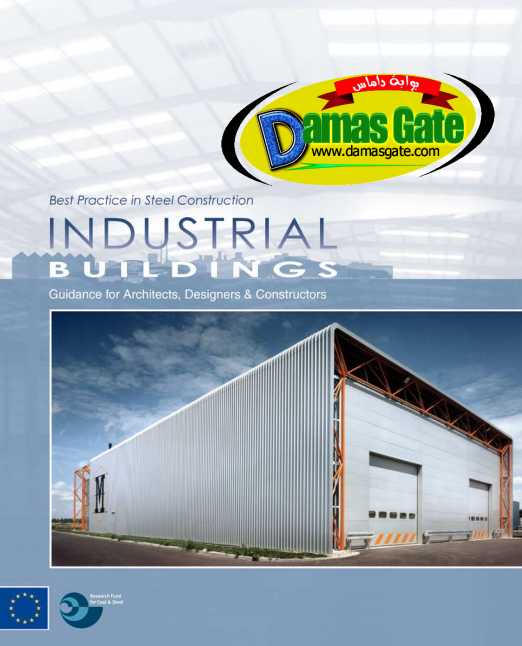Best Practices in Steel - Industrial Buildings

Introduction
Large enclosures or industrial type buildings are very common in business parks, leisure and sports buildings. Their functionality and architectural quality are influenced by many factors, e.g. the development plan, the variety of usages and the desired quality of the building. Steel offers numerous possibilities to achieve both pleasant and flexible functional use.
For buildings of large enclosure, the economy of the structure plays an important role. For longer spans, the design is optimised in order to minimise the use of materials, costs and installation effort. Increasingly, buildings are designed to reduce energy costs and to achieve a high degree of sustainability.
Industrial buildings use steel framed structures and metallic cladding of all types. Large open spaces can be created that are efficient, easy to maintain, and are adaptable as demand changes. Steel is chosen on economic grounds, as well as for other aspects such as fire, architectural quality and sustainability.
In most cases, an industrial building is not a single structure, but is extended by office and administration units or elements such as canopies. These additional elements can be designed in a way that they fit into the whole building design.
This publication describes the common forms of industrial buildings and large enclosures, and their range of application in Europe. Regional differences that may exist depending on practice, regulations and capabilities of the supply chain, are presented in Section 5.
The same technologies may be extended to a range of building types, including sports and leisure facilities, halls, supermarkets and other enclosures.
Download
*